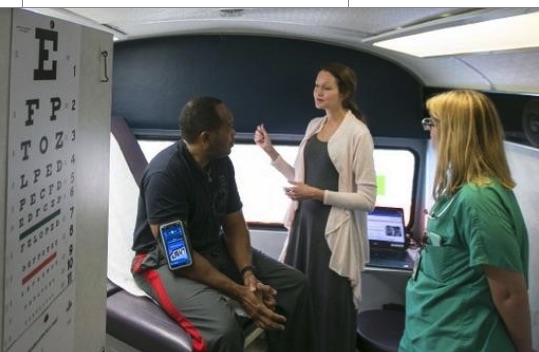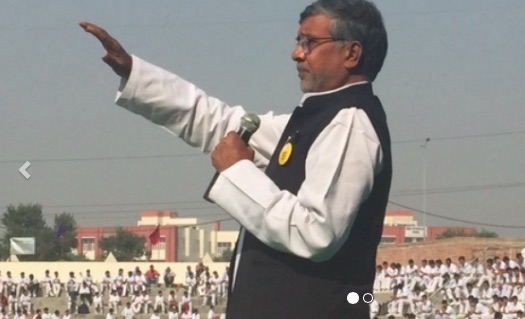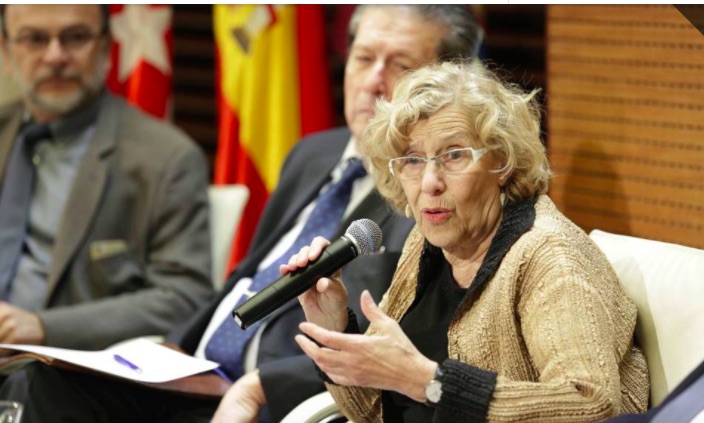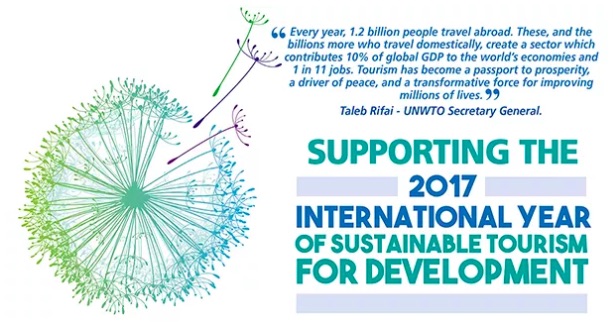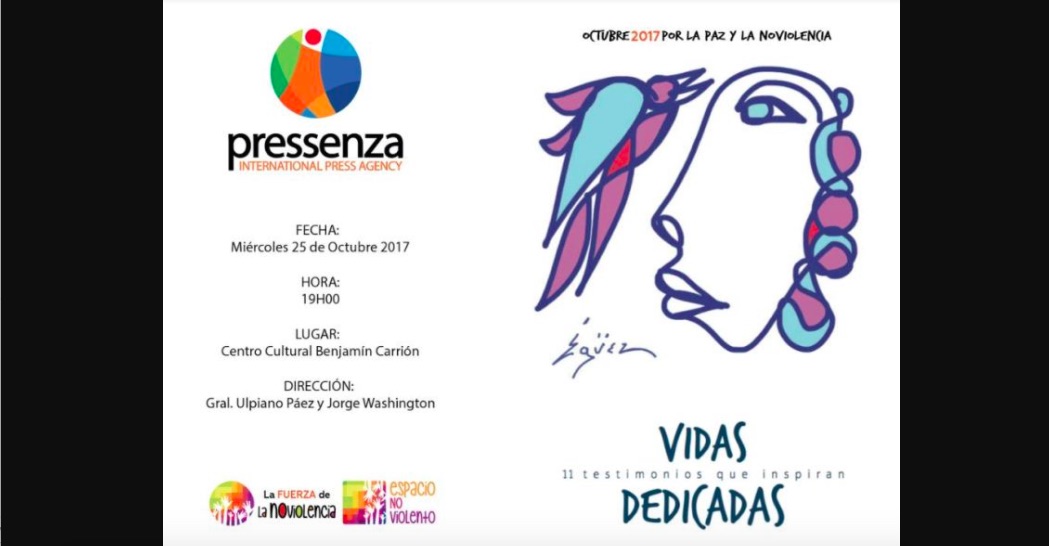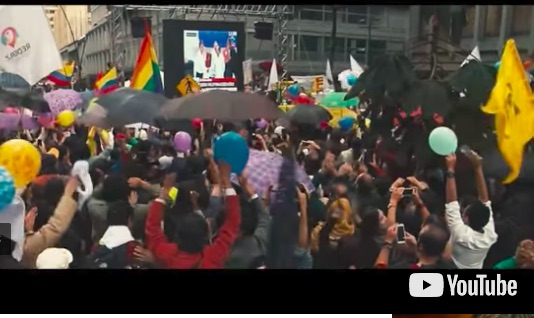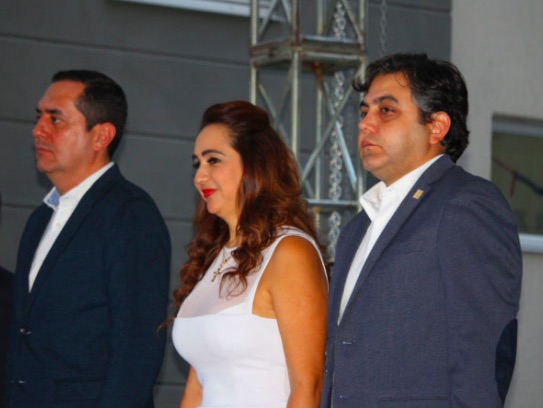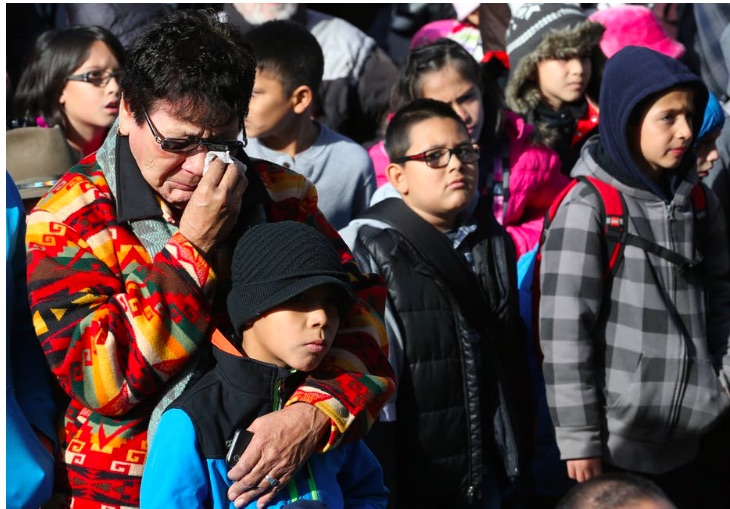FREE FLOW OF INFORMATION
A blog by Richard Falk (abbreviated)
[Preliminary Remarks: What follows is the modified transcript of a talk given at Fordham University School of Law honoring the memory of the recently deceased Maryknoll priest, Father Miguel d’Escoto, who had been both the Foreign Minister of Sandinista Nicaragua and President of the UN General Assembly, as well as pastor to the poor in the spirit of Pope Francis, an extraordinary person who fused a practical engagement in the world with a deeply spiritual nature that affected all who were privileged to know and work with him.] . . .
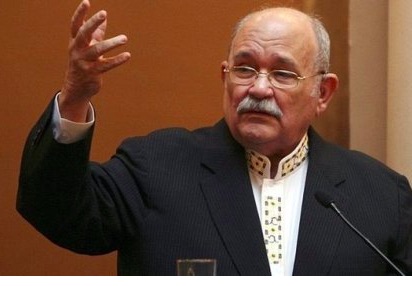
Father Miguel d’Escoto
He was motivated by a belief, undoubtedly reflecting his religious faith, in the potency of right reason, and on this basis conceived of international law as a crucial vehicle for realizing such a vision, embracing with moral enthusiasm a kind of ‘politics of impossibility’ in which considerations of justice outweighed calculations of feasibility or the obstacles associated with geopolitics. It is with an awareness of the trials and tribulation of Nicaragua and its long suffering population that Father Miguel turned to law as an imaginative means of empowerment.
Let me illustrate by reference to the historic case that Nicaragua brought against the United States in the early 1980s at the International Court of Justice in The Hague. It was a daring legal flight of moral fancy to suppose that tiny and beleaguered Nicaragua could shift its struggle from the bloody battlefields of U.S. armed intervention and a mercenary insurgency against the Sandinista Government of which he was then Foreign Minister to the lofty legal terrain that itself had been originally crafted to reflect the values and interests of dominant states, the geopolitical players on the global stage. But more than this it was a brilliant leap of political imagination to envision the soft power of law neutralizing the hard power of high tech weaponry in a high stakes ideological struggle being waged in the midst of the Cold War.
Such an attempt to shift the balance of forces in an ongoing conflict by recourse to international law and the World Court had never before been made in any serious way. It was a David and Goliath challenge that the World Court as the highest judicial institution in the UN System had yet to face in a war/peace context, and it turned out to be a test of the integrity of the institution.
Let me recall the situation in Nicaragua briefly. The United States was supporting a right-wing insurgency, the counterrevolutionary remnant of the Somoza dictatorship, a single family that had cruelly and corruptly ruled Nicaragua between 1936 and 1974 on behalf of corporate America (the era of ‘banana republics’), leaving the country in impoverished ruins when the Somoza dynasty finally collapsed. The Somoza-oriented insurgents were known as the Contras, and were called ‘freedom fighters’ by their American sponsors and paymaster because they were opposing the Sandinista Government that had won a war of national liberation in 1979, but was accused by its detractors of leftist tendencies and Soviet sympathies, which was the right-wing ideological way of obscuring the true affinity of the Sandinista leadership with the teachings of Liberation Theology rather than with the secular dogmatics of Marxism. It was a way of depriving the people of Nicaragua of their inalienable right of self-determination. The United States Government via the CIA was training and equipping the Contras, and quite overtly committing acts of war by mining and blockading Managua, Nicaragua’s main harbor and its lifeline to the world. . . .
It was these interventionary undertakings that flouted the authority of international law and the UN Charter. Father Miguel’s addressed the UN General Assembly in his capacity as Nicaragua’s acting Foreign Minister, vividly describing the conflict with some well-chosen provocative words: “It is obvious that the war to which Nicaragua is being subjected is a U.S. war, and the so-called Contras are merely hired hands serving the diabolical objectives of the Reagan Administration.” Later in the same speech he condemned the U.S. Government for recently appropriating an additional $100 million “to finance genocide against our people.” [Address to UNGA, Nov. 3, 1986] . . .
It may not seem so unusual for a small country to take advantage of a potential judicial remedy, but in fact it had never happened—no small state had ever gone to the World Court to protect itself against such military intervention, and to do so on behalf of a progressive government in the Third World in the midst of the Cold War seemed to many at the time like a waste of time and money that Nicaragua could ill afford.
It is here where one begins to grasp this potentially revolutionary idea of relying upon the spiritual sources of legal creativity. Father Miguel was convinced that what the United States Government was doing was legally and morally wrong, and that it was an opportune time for the mice to fight back against the predator tiger. It was an apt occasion to act by reference to horizons of spirituality. . . .
The outcome of the Nicaragua narrative is too complicated to describe properly, but in short—counsel for Nicaragua persuaded the Court that it had jurisdictional authority, at which point the United States petulantly, yet not unexpectedly, withdrew from the proceedings correctly realizing that if it could not prevail at this jurisdictional phase it had virtually no chance to have its legal arguments accepted at the merits phase of the case. . . .
What was rather intriguing from a jurisprudential point of view was that despite its much hyped boycott of the proceedings and accompanying denunciation of the jurisdictional finding, the U.S. in the end quietly complied with the principal finding in The Hague, namely, that the naval blockade of Nicaragua’s harbors was unlawful. As would be expected, the USG never acknowledged that it was complying, nor did Nicaragua dance in the streets of Managua, but the cause/effect relationship between the judicial decision and compliant behavior was clear to any close observer. . . .
(Article continued in the column on the right)
Question related to this article:
Where in the world can we find good leadership today?
(Article continued from the column on the left)
For me this Nicaragua experience was a compelling example of Father Miguel’s achievements that followed directly from his deep commitment to the horizons of spirituality and decency. It was far from the only instance. Let me mention two others very quickly. One of my other connections with Father Miguel was to serve as one of his Special Advisors during his year as President of the UN General Assembly thoughout its 63rd session, 2008-09. As continues to be the case, life could become difficult for any leading UN official who openly opposed Israel. Father Miguel was deeply aware of the Palestinian ordeal and unabashedly supportive of my contested role as Special Rapporteur for Occupied Palestine on behalf of the Human Rights Council in Geneva. When I was detained in an Israeli prison and then expelled from Israel at the end of 2008, Father Miguel wanted to organize a press conference in NYC to give me an opportunity to explain what had happened and defend my position. I declined his initiative, perhaps unadvisedly, as I didn’t want to place Miguel in the line of fire sure to follow.
At the end of 2008 Israel launched a massive attack against Gaza, known as Cast Lead, and Father Miguel sought to have the General Assembly condemn the attack and call for an immediate ceasefire and Israeli withdrawal. It was a difficult moment for Father Miguel, feeling certain that this was the legally and morally the right thing to do. Yet as events proceeded and diplomatic positions were disclosed, Miguel was forced to recognize that the logic of geopolitics worked differently, in fact so starkly differently that even the diplomat representing the Palestinian Authority at the UN intervened to support a milder reaction than what Miguel deemed appropriate. Unlike his Nicaraguan experience, here the backers of feasibility prevailed, but in a manner that Father Miguel could never reconcile himself to accept.
I met many diplomats at UN Headquarters here in NY who said that no one had ever occupied a high position at the UN with Father Miguel’s manifest quality as someone so passionately dedicated to righteous principle. Pondering this, it occurred to me that one possible exception was Dag Hammarskjöld, an early outstanding UN Secretary General, who died in a plane crash, apparently assassinated in 1961 for his principled, yet geopolitically inconvenient, dedication to peace and justice. From his private writings we know that Hammarskjöld’s UN efforts also sprung from wellsprings of spirituality. . . .
Miguel took full advantage of his term as president of the General Assembly to provide venues within the Organization that offered humane alternatives to neoliberal economic globalization. He sponsored and organized meetings at the UN designed to overcome current patterns of economic and ecological injustice, making use of the presence in New York City of such non-mainstream economists as Jeffrey Sachs and Joseph Stiglitz, and the prominent Canadian activist author, Maude Barlow. Here again Father Miguel demonstrated his grounded spirituality by once more combining the visionary with the practical.
I had the opportunity to work with Father Miguel on several proposals to raise the profile and role of the General Assembly as the most representative and democratic organ of the UN. This initiative was rather strategic and partly meant to counter the US-led campaign to concentrate UN authority in Security Council so that Third World aspirations and demands could be effectively thwarted, and the primacy of geopolitics reestablished after the assault mounted in the 1970s by the then ascendant Nonaligned Movement.
What I have tried to describe is this deep bond in the life and work of Father Miguel between the spirituality of his character and motivations and the practicality of his involvement in what the German philosopher, Habermas, calls ‘the lifeworld.’ I find it indicative of Father Miguel’s deep spiritual identity that he suffered a punitive response to his life’s work from the institution he loved and dedicated his life to serving, being suspended in 1985 by Pope John Paul II from the priesthood because of his involvement in the Nicaraguan Revolution. Miguel was reinstated 29 years later by Pope Francis, who many view as a kindred spirit to Miguel.
There is an object lesson here for all of us: in a political crisis the moral imperative of service to people and ideals deserves precedence over blind obedience to even a cherished and hallowed institution. This would undoubtedly almost always pose a difficult and painful choice, but it was one that defined Father Miguel d’Escoto at the core of his being, which he expressed over and over by doing the right thing in a spirit of love and humility, but also in a manner that left no one doubting his firmness, his affinities and commitments, as well as his unwavering and abiding convictions.
As I suggested at the outset, the daring and creativity that Father Miguel brought to the law and to his work at the UN sprung from spiritual roots that were deeply grounded in both religious tradition and in an unshakable solidarity with those among us who are poor, vulnerable, oppressed, and victimized. For Miguel spirituality did not primarily equate with peace, but rather with justice and an accompanying uncompromising and lifelong struggle on behalf of what was right and righteous in every social context, whether personal or global.
There is no assurance that this way of believing and acting will control every development in the world or even control the ultimate destiny of the human species. Humanity retains the freedom to fail, which could mean extinction in the foreseeable future.The happy ending of the Nicaragua case needs to be balanced against the prolonged and tragic ordeal of the Palestinian people for which there is still no end in sight. Beyond wins and losses, what I think should be clear is that unless many more of us become attentive to the horizons of spirituality and necessity the outlook for the human future is presently bleak. Father Miguel d’Escoto’s disavowal of the domain of the feasible is assuredly not the only way to serve humanity, but it is a most inspiring way, and points us all in a direction that is underrepresented in the operations of governments and other public institutions, not to mention during the speculative frenzies on Wall Street and the backrooms of hedge fund offices.
In my language, Father Miguel d’Escoto was one of the great citizen pilgrims of our time. His life was a continuous journey toward what St. Paul called ‘a better city, a heavenly city’ to manage and shape the totality of life on Planet Earth.

